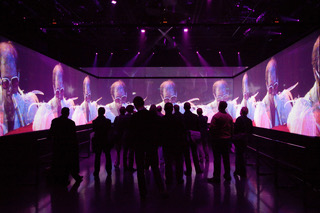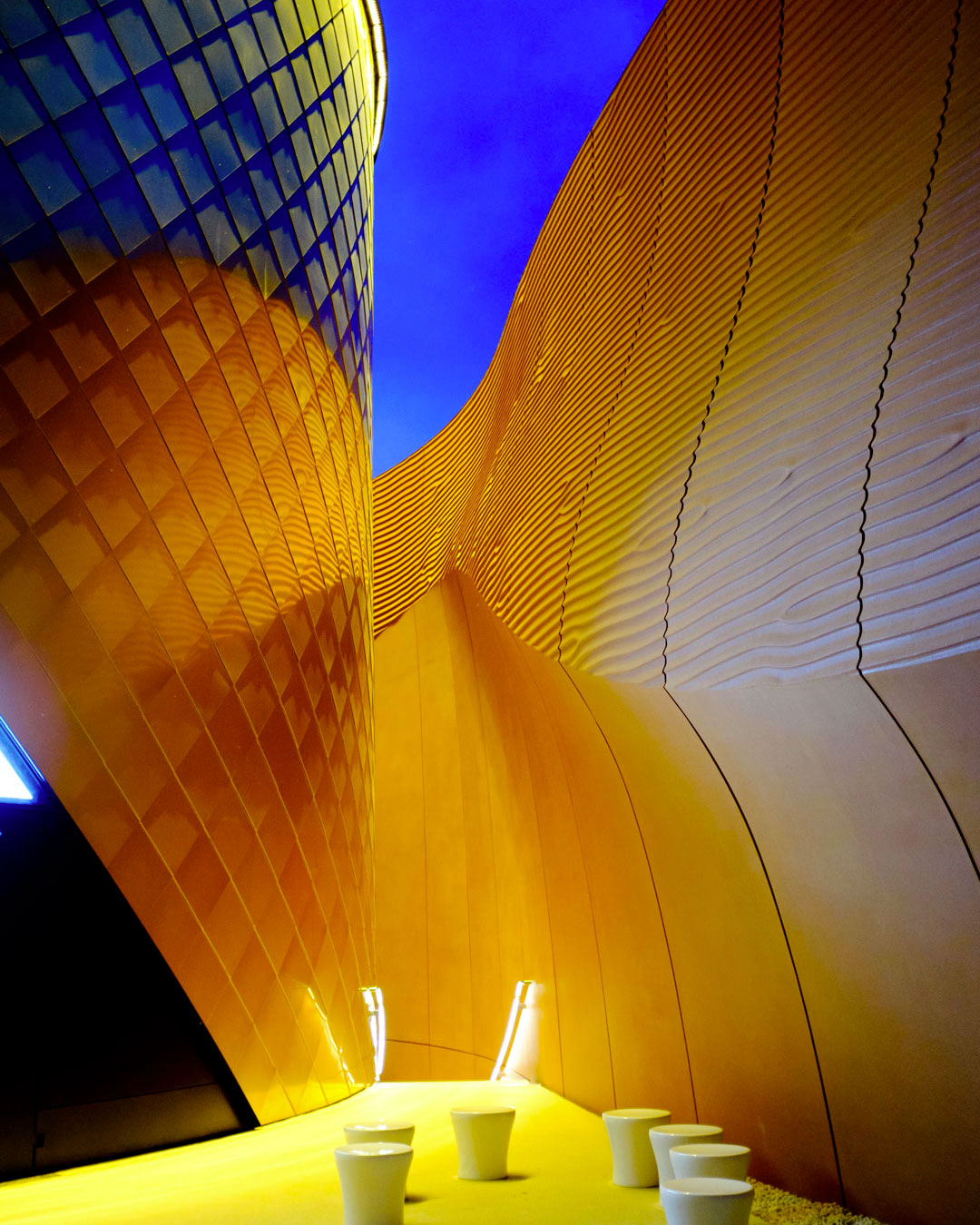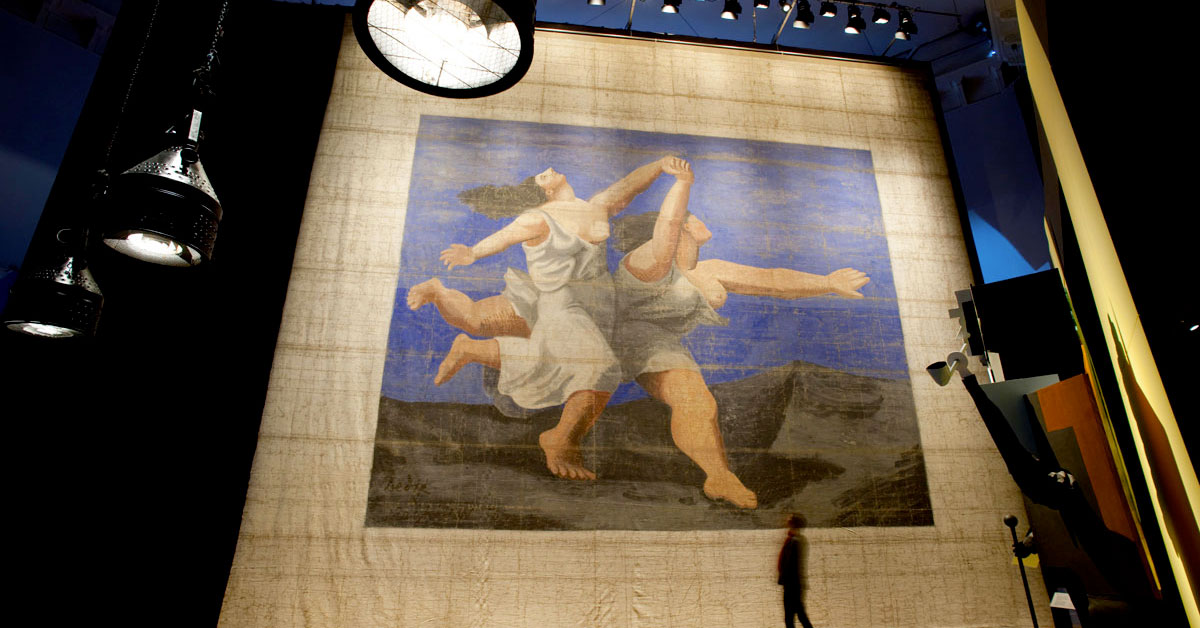The fourth chapter of our review is dedicated to David Atkinson, architect,
lighting designer and artist. Studio Due recently had the opportunity to collaborate with David. He describes how the mingling with the worlds of painting, theatre, cinema and TV, together with the knowledge and use of new technologies have influenced his personal conception of "Lighting Design"

Diversity through Light
My passion for lighting started at a very early age. I always had an interest in theatre and loved being involved in productions in any capacity. However it was my fascination in what light could do on a stage to transform a simple set or even black box through colour, intensity or the position of light sources that drove my future fascination with light.
With my father being a professional artist I was fortunate to spend a lot of my holidays visiting some of the worlds most important museums, being introduced to the masters of light such as Rembrandt, Vermeer, Turner and the Impressionists. Equally the dynamic palette of Matisse has always been in my subconscious.
Film has inspired me with various directors of photography’s sensitive approach to lighting. The film noir “The Third Man” (by Carol Reed, 1949) is a great example of the use of single point sources that create bold long shadows and tonal contrast.
One of the great film directors who understands the importance of light is Ridley Scott – famed for films such as Alien, Blade Runner and Thelma & Louise. Recently when reading a biography about Scott’s early years in television this resonated with me:
“There came a moment of epiphany. A day when Scott was on a set that was as usual, flooded by high key lights, leaving everything flat and unreal…..during a break in filming with all the lighting turned off apart from a single light, pouring in from an angle, transformed an ordinary set into a work of art..”
The above encapsulates my approach to lighting design which is to always avoid over lighting a subject. I take the approach of “less is more” when lighting an exhibition or architecture; my objective being to create a sense of drama through a single source. Ultimately my inspiration is taken from those wonderful shadows that are created by the sun breaking through trees or catching a building at sunset.
What excites me about light is how often it can be spontaneous. An example of this was on the UAE Pavilion at Expo 2015 in Milan (Foster+Partners). Central to the Pavilion was a large drum externally clad in Gold Tecu panels and down lit by a series of high output linear led strips fitted with amber filters. The led strips were positioned at the top of the drum, to uniformly graze down the Tecu panels, however when some of the light caught the slight undulations in the panels refracted light was projected onto the surrounding GRC (Glass Reinforced Concrete) walls add a further unplanned dimension to the overall lighting design.
Working in different areas of lighting design including theatre, film, television, museums, architecture and landscape all now have one thing in common - led technology that has drawn all the disciplines closer together. An example of this could be the large soft boxes we use in film/photographic studios (North Light) which have been translated into back illuminated ceilings used in architectural projects.
I have deep concern with the abuse of light, particularly in external lighting where there is no consideration given to design but just to fill our skies with uncontrolled polluting light.
Lighting should not be just about uniformity and technology but carefully considered design that enhances the subject and environment.




